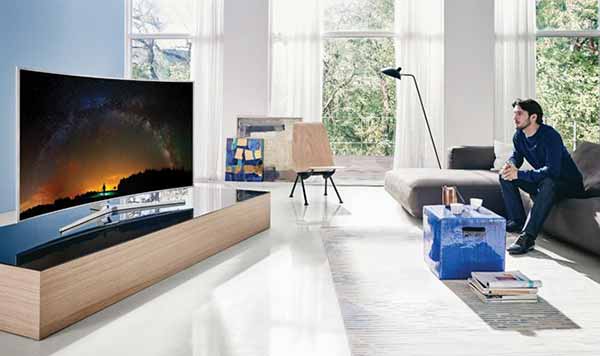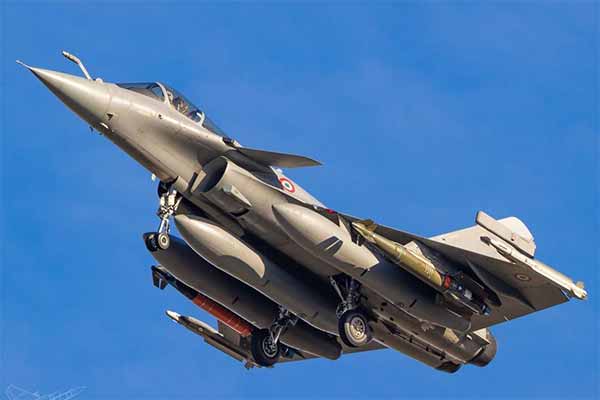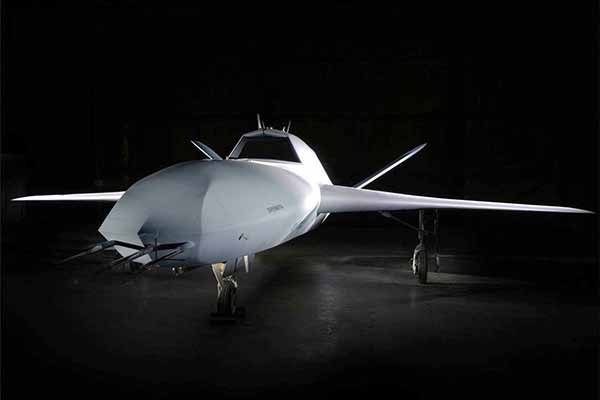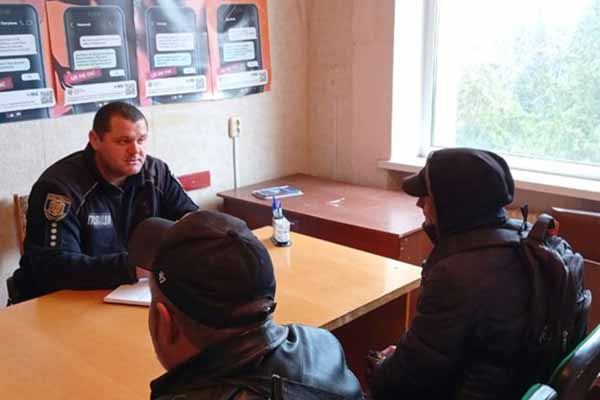|
14.08.2021 Installation (mounting) of plasma panels and projectors | |
Wall-mounted installation (installation) of plasma panels https://www.matrixonline.com.au/ This option fits perfectly and complements almost any interior, because the main feature of the plasma / LCD panel is its super small size, unlike its CRT counterparts. Plasma panels and wall-mounted speakers with no visible connections are an attribute of every modern home. Conventionally, the installation of plasma / LCD panels can be divided into 4 categories:
 Rigid mounting (close to the wall with minimal offset)Of the above options for wall-mounted plasma panel installation, this one is the simplest. Requirements for the wall are low, up to drywall. Brackets for such mounting are the most common.Installation of plasma panels. Rigid mounting (close to the wall with minimal offset) This method is recommended when the height of the panel is low, approximately at the level of the eyes of a seated person (80-90 cm from the floor). This option is ideal for a nursery or living room for home theater use. Accordingly, the prices for this option for installing a plasma panel are lower. Inclined mounting (with the possibility of tilting the panel in a vertical plane)In situations where the installation of the plasma panel is planned high enough, for example, in the kitchen above the refrigerator or other items. This possibility is achieved by using a bracket with the ability to tilt the movable part of the bracket in the vertical plane. The angle of such an inclination is about 10 degrees and this is usually quite enough for comfortable viewing.Installation of plasma panels. Inclined mounting (with the possibility of tilting the panel in a vertical plane) With a small diagonal, this mounting method is not much different from the "hard" version, and is undemanding to the wall. The tilt of the TV can not be used, then the panel will remain parallel to the wall, as with the rigid version. However, it must be borne in mind that the distance from the wall will be greater in any case. Pan-tilt mounting (horizontal rotation plus vertical tilt)This installation (mounting) on the wall of a flat panel TV is used for viewing from various points in the room. This is an elegant way to extend the coverage of your screen, regardless of the architectural constraints in the room, by alternating between them. For example, in a combined kitchen-living room.Installation of plasma panels. Of the above methods of installing plasma / LCD panels on a wall, tilt-and-turn mounting is the most responsible. With small diagonals, this mounting option does not cause any particular problems. But with an increase in the size of the panel, especially when approaching and exceeding the line of 42 inches and above, the task becomes much more complicated. Escaping from the wall of a plasma panel, which is heavy in itself, leads to the appearance of a large moment of force working to pull out. The maximum requirements are imposed on the preparation of the wall here. For panels with a diagonal of 40 "or more, walls made of lightweight building materials, foam concrete, hollow bricks are not recommended. Ceiling mounting with rotation of the lower unit in the horizontal plane, as well as changing the angle of inclination. This type of installation of plasma panels is widely used in shopping centers, large offices, train stations, where it is associated with the need to view the video sequence for a large number of people. Sometimes, however, clients order ceiling mounting in their apartments and houses, usually these are panels of small and medium diagonal. There are not many ceiling mount brackets on the market, and they are, as a rule, a combination of two fairly independent components - the bracket itself and the ceiling rod. Often provision is made for height adjustment (usually stepwise, with a step of 5-10 cm), the ability to rotate the lower unit in the horizontal plane (180 or 360 *), as well as change the angle of inclination. Installation of plasma panels. Ceiling mountingDue to its peculiarities, this option is the most responsible of all the listed methods of installing plasma and LCD panels. And with a high ceiling height, it is also extremely inconvenient to install. And, accordingly, the most expensive to install.Installation (mounting) of projectors. Ceiling mount.If the repair in the room is done taking into account the installation of a home theater in it, then the method of mounting the projector on the ceiling seems to be very convenient. has several indisputable advantages: firstly, the projector does not interfere, since it does not take up precious living space in the room. Secondly, the projector can be invisible if you make a nice decorative panel under it. Thirdly, in the case of such a stationary about the location of the projector and the screen (the screen can be pulled out of the niche in the ceiling or hang on the wall all the time), there is no need to adjust the focus, the size of the illumination.However, the disadvantages of the ceiling installation of the projector can easily and naturally cover all the advantages. The main disadvantage is that the ceiling installation of the device is impossible if, at the stage of repair, the corresponding cables (signal and power) were not connected to the desired point in the ceiling. In addition, you need to decide in advance on the model of the projector in order to know exactly at what distance and at what height to hang the projector, which cables to lead to it. And for this you need to decide at least the location of the rack with the equipment and, possibly, the model of the DVD-player with the required outputs. In general, the projector is usually mounted on the ceiling if a whole complex project of the future cinema is drawn up in the process of renovation and decoration of the premises. In this case, all the equipment is usually selected in advance, and during the repair it lies in boxes, but you know exactly how and where to pull the cables (video cables, speaker cables, subwoofer cable, power cables and, possibly, control cables). In general, this is already a serious installation. Therefore, if you want to install a cinema with a projector in an already renovated room, then the option in the ceiling placement of the projector is hardly suitable for you. Installation (mounting) of projectors. Wall mount.Installation (mounting) of projectors. Wall mount If the room has already been repaired - that is, you don’t want to chase the walls and ceiling for cable routing to the hanging projector? The most common method, which is good for small rooms with a transverse arrangement of the complex, is to mount the projector above the sofa using a hanging shelf or bracket. The cabinet with the equipment in this case is usually located next to the sofa. Most of the video and power cables for the projector will be hidden by the bottom of the sofa and its back. It remains to disguise some 60-70 cm. Of the cable on the wall, which will go from the back of the sofa to the projector. More details on the Company's website www.matrixonline.com.au.Схожі матеріали: | |
|
| Всього коментарів: 0 | |
|
СВІЖІ ПУБЛІКАЦІЇ
|
|
|











